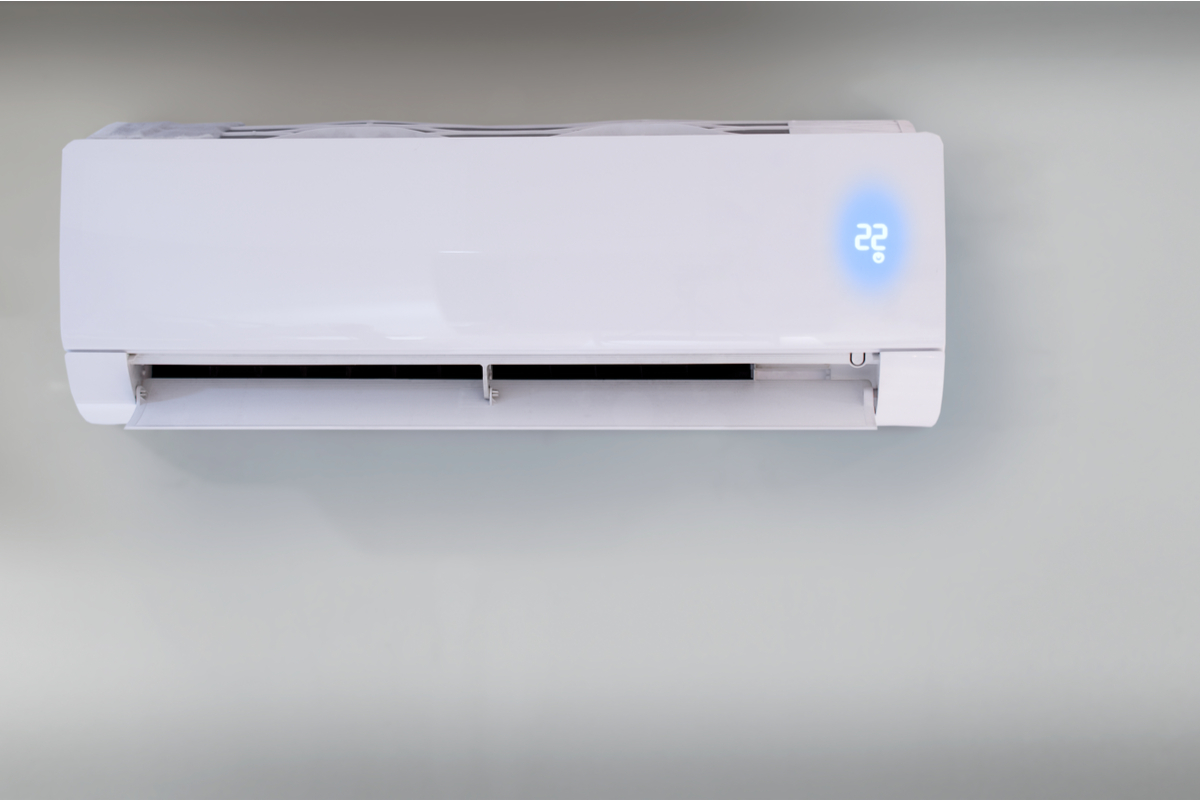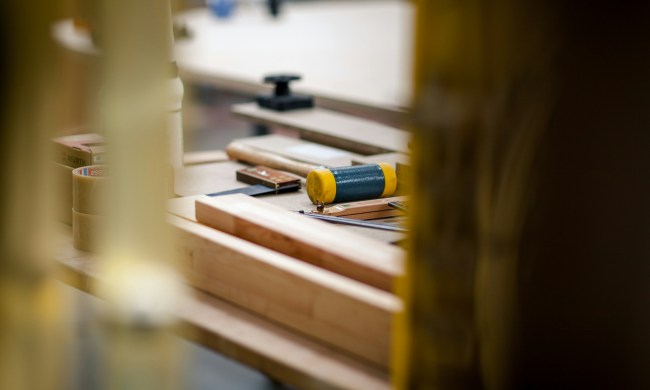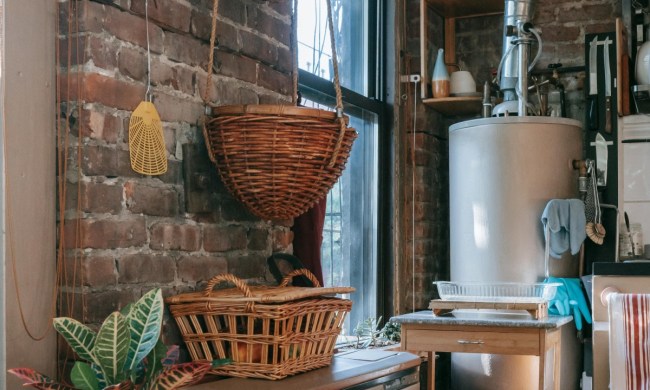Your heating and cooling system contributes to your overall comfort, so it’s a crucial element of your home. It also tends to be the largest energy expense for most homes. It’s important to be sure the system you use is both effective and economical. If you’re wondering about ductless heating and cooling systems and whether they’re right for your space, you’ve come to the right place. We’ll discuss how they work, who they’re ideal for, and all the pros and cons of those ductless heat and air units.

How do ductless heating and cooling systems work?
Most modern homes have duct-based HVAC systems that use an outdoor unit for air conditioning and a furnace for heating. Those units push heated or cooled air through a duct system that’s set up throughout the house. Ductless heating and cooling systems, however, require no ducts and simply consist of a condensing unit outside the house and indoor units mounted on the wall or ceiling. The indoor units are responsible for distributing cooled or heated air into the home.
If you’re heating and cooling an entire home, you could operate up to eight indoor units at one time from a single outdoor condensing unit of a ductless system.

What type of homes are ductless heat and air units ideal for?
Ductless heating and cooling units can be used in virtually any type of home, but they are particularly ideal for homes or rooms that aren’t equipped with heating and cooling ducts.
A more efficient option than window A/C units
For homes that don’t have central air, ductless air conditioners are a fantastic option compared to window air-conditioning units. While window units are a cheaper option, they’re also a lot more labor-intensive in certain climates since they need to be installed and uninstalled from the window every summer. Wall-mounted or ceiling-recessed ductless units need to be installed only once and don’t need to be moved after installation.
Furthermore, window units are known to have poor seals. That means cooled air escapes from the small cracks on the sides of the unit while it’s in the window, leading to wasted energy and poorly cooled spaces.
Great for home additions, renovated basements, and garages
If you build an addition to your home, whether it’s a four-seasons room, an additional living room, or some other add-on, you’ll have to think about how you’ll heat and cool that new space. Even if your home already has a duct-based HVAC system, it can be costly to put in ductwork for a new addition, a renovated basement, or a climate-controlled garage. A ductless heating and cooling system is ideal for these types of spaces because it costs significantly less than paying a professional to put ductwork in.

The pros and cons of ductless heating and cooling systems
As with any heating and cooling system, ductless units have their benefits and drawbacks. It will be up to you to decide whether going ductless is right for your home.
Pros of ductless heating and cooling
- Customization. You can install multiple indoor units in various rooms of the house in order to have the perfect preferred temperature in each room. This also prevents hot and cold spots, which are common with duct-based systems.
- Use less energy. With a ductless system, you’ll use less energy heating and cooling your home since you can turn each indoor unit on or off based on where you are in the home. A standard duct-based system is usually all or nothing.
- Waste less energy. With duct-based systems, you lose up to 30% of your energy as the heated or cooled air travels through the ductwork. With ductless systems that loss is eliminated, and your energy bill will be lower.
- More effective than window units. As previously discussed, window A/C units are far less efficient and effective at cooling a space than ductless units are.
Cons of ductless heating and cooling
- Higher upfront costs than window A/C units. While the upfront cost of a ductless system is far less than that of adding ductwork, it is much higher than installing a window unit.
- Monthly maintenance is required. In order for a ductless system to function at its best, its filters need to be cleaned monthly. If this maintenance is neglected, the unit could become damaged and require replacement.
- Less aesthetic appeal. At the end of the day, a ductless system requires large indoor units to be mounted on the wall. Some may find these units an eyesore, although many customers say they forget the unit is there after a while.
If you’re in the market for a new heating and cooling system, whether you want to ditch your window A/C units or manage the temperature in a new addition, a ductless heating and cooling system may be the perfect option. While they are costly upfront when compared to window units, you’ll likely make up that cost in energy savings sooner than you think.



